Day 11 – Australia/New Zealand Adventure – Art and War
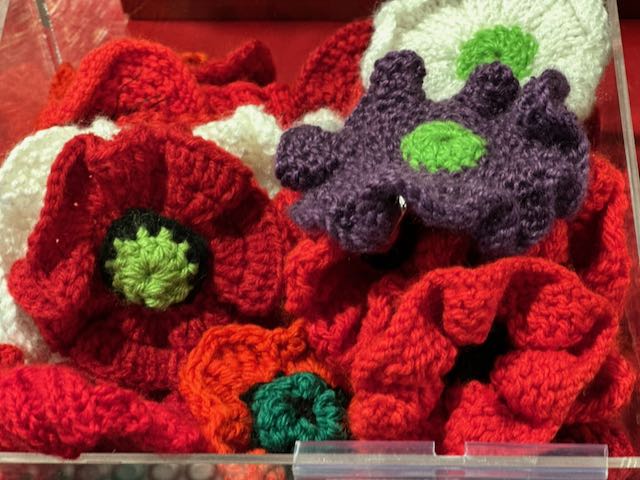
(Monday, March 17, 2025) by Ann Silverthorn with Jim DeDad
It was cool, but the rain held off as we met with our group at 9:00 a.m. on St. Patrick’s Day. Our coach driver took us on a sightseeing tour of the city with Guide Cam narrating. Here are some interesting takeaways:
- Ned Kelly, born in Victoria, the state in which Melbourne is located, was an Australian outlaw who became a folk figure like a Robin Hood. His luck ran out when he was eventually hanged for murdering two mounted policemen.
- There are fairy-penguin colonies by the water, and several of our fellow travelers went to see them at sunset, when they march into the sea.
- There are more restaurants per capita in Melbourne than New York City.
- Melbourne is known for its good coffee.
- Melbourne is known for its wide streets (some are 99 feet)
- Melbourne has volunteers in the city dressed in red that help tourists.
- The band, AC/DC, is from Melbourne.
- Melbourne boasts the largest Greek-speaking population outside of Athens and Thessaloniki, and is often referred to as the “third city.”
- An American, Walter Burley Griffin and his wife, Marion Mahoney Griffin —designed the country’s capital, Canberra, after winning an international design competition in 1912.
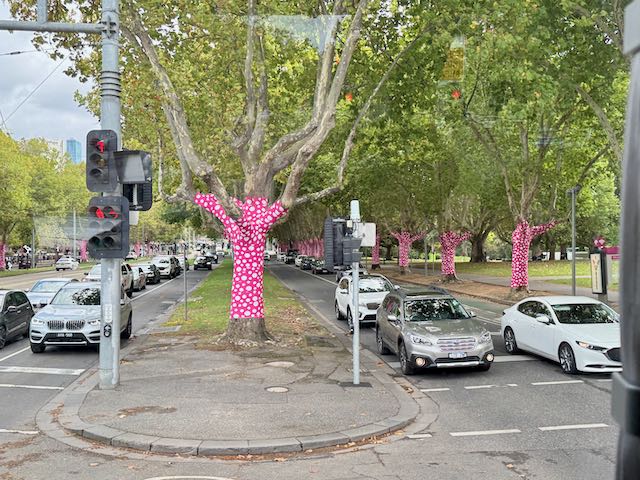
The Crown Promenade, where we are staying, is huge and has a casino and a large shopping section attached. There are also two other Crown hotels in this complex, the Crown Towers and the Crown Metropol.
I slept very well on our first night in Melbourne, and I didn’t want to get up. Jim said he didn’t sleep well at all, so when the alarm went off at 6:00 a.m., we snoozed it. We went downstairs for breakfast at Mesh, the hotel restaurant, and we had our own French press of coffee. Heavenly.
After breakfast, our bus driver took our group on a tour of the city narrated by Cam. We stopped at the Shrine of Remembrance war memorial, which is located across from the Royal Botanic Gardens. Given 90 minutes to explore both, we never made it out to the gardens because the monument was so compelling. This shrine honors men from all wars that Australia has been part of, including fighting terror (see part two for photos) I’ve worked on projects about both World Wars, and I greatly appreciate when those who served, and those who gave, all are honored in this way.
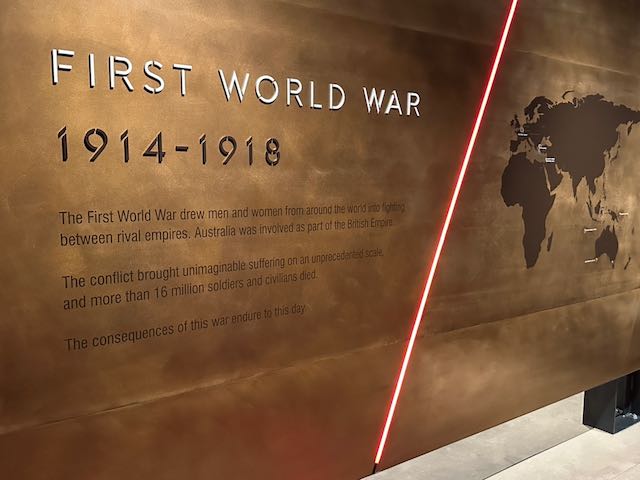
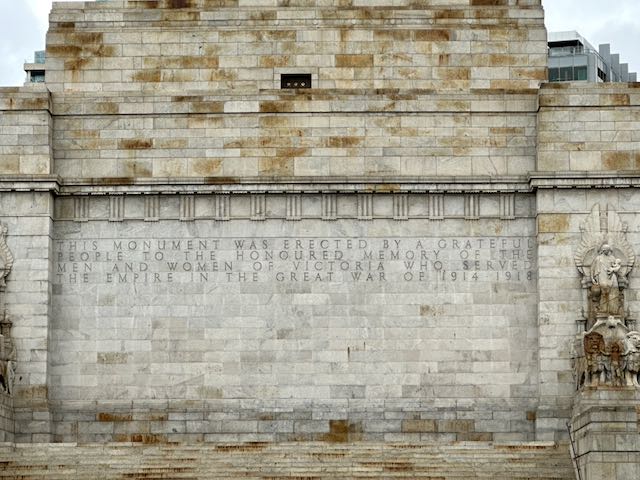
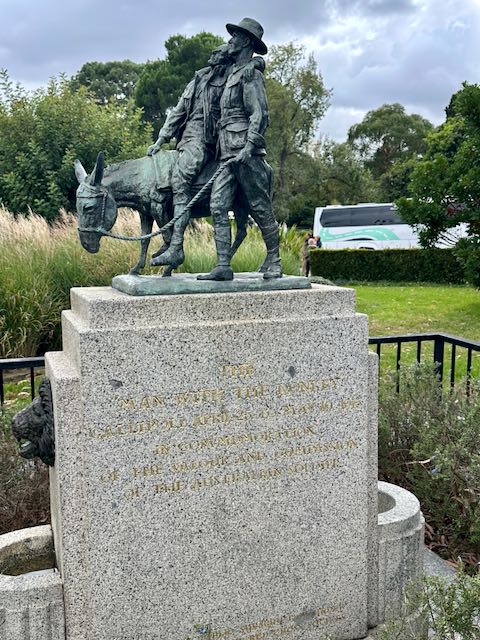



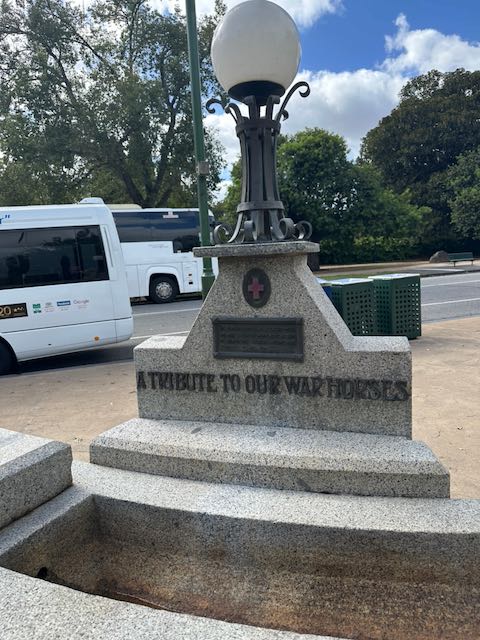
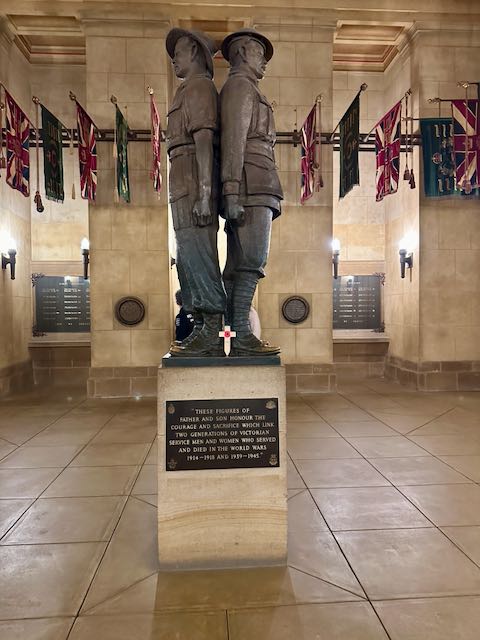

Our guide, Cam, offered to take anyone who was interested (which was most of us) on a back-stage walking tour through the city. We’re glad we did. Here are some highlights:
We meandered through small lanes where the city allows people to express themselves through painting on the buildings. They are asked only to avoid windows. This greatly helps keep graffiti off of other surfaces in the city.
Cam also led us through arcades with many stores, and lanes with many restaurants. The Royal Arcade (1892) was the first of its kind in Melbourne. Designed in the Italianate Style, it’s most-striking feature is that of Gaunt’s Clock, flanked on either side by the figures of Gog and Magog, powerful giants in British folklore. They still strike chimes every hour.
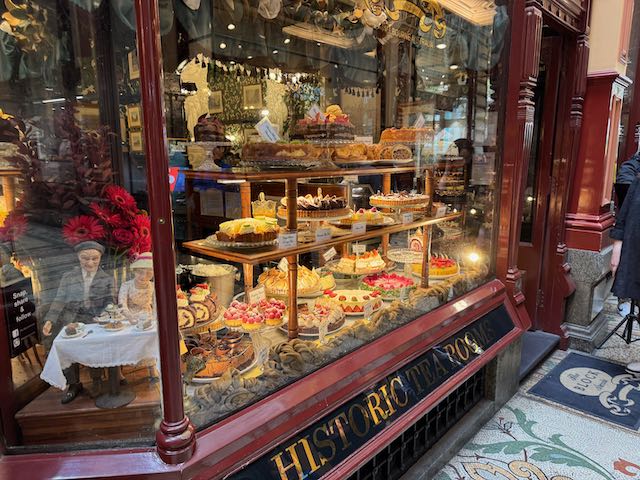
After we got off the tram and started walking back to the hotel with the other couple, we stopped at Ponyfish Island, a small floating restaurant for lunch. I had a hummus platter and Jim had a portobello pizza. The men had beer and the gals enjoyed blood orange vodka seltzers.
When we were done eating, two black swans swam over to us, and I started throwing them pieces of my pita bread. There were also two small, black ducks, and one of them had a difficult time grabbing any of the bread. It was suggested that I throw some to the other birds first, and while they were occupied, I could throw a piece to the one who was having so much trouble. Even then, he wasn’t very good at it, but finally he got a piece. It took him a few tries to eat it, and I’m not sure about his long-term chances of survival.
After lunch, as we walked across the Evan Walker bridge toward the hotel, we saw another bridge with interesting shiny structures on it. We decided to investigate and found that it was the Sandridge Bridge and the objects are sculptures are an exhibit called “The Travellers.” According to the Nadim Karam website, “Each of the nine traveling sculptures represents a phase of the city’s history, retracing the waves of migration and how they shaped Melbourne’s identity. The tenth sculpture, Gayip, named for the gathering of all the different Aboriginal communities, is positioned high on a rock on the riverbank, observing the trajectory of The Travellers as they cross the Yarra River.”
The Traveller figures include: The Settler (convict period 1788-1868); Melbourne Beauty (gold rushes 1850-1890); Walker and His Tucker Bag (assisted migration 1830-1930); Shelter (displaced persons 1947-1953); Urban Wheel (European migration 1947-1983); Running Couple (refugees 1956-2005); Butterfly Girl (Asian and middle-east migration 1975-2005); Technoman (students and professionals 1975-2005); and Walking Sun (Australian Multiculturalism)
After lunch, we said goodbye to our friends and relaxed in our room a bit before exploring the hotel. We toured the pool and gym that we wouldn’t be using because we were leaving the next morning. We walked through the casino, where we didn’t play. We passed some high-end shops, like Prada, where we didn’t shop. We are more the observing-type of people than the doing-type, obviously.
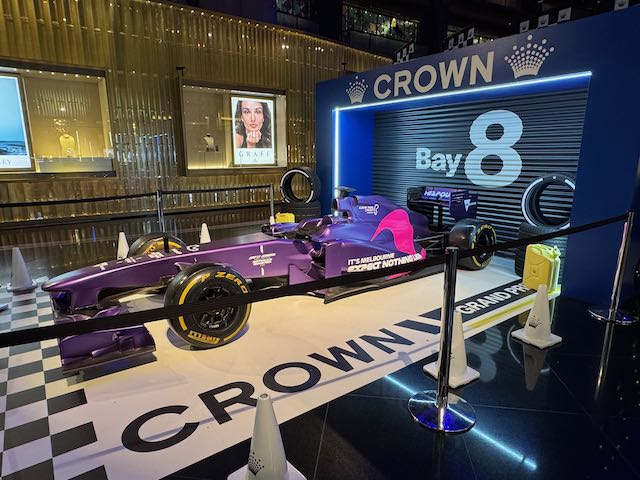
We walked back across the river on the Queens Bridge in search of a bank ATM to withdraw some Australian dollars for Cam, our guide. Collette, the tour company, advised the amount to give, which seemed steep to me at first, but Cam is really an excellent guide, full of knowledge, level-headed, and responsible (as would reveal itself later in the trip), so we were happy to show our appreciation.
Back at the hotel complex, we wandered around looking for a gift shop and didn’t find any. Then, we hunted for somewhere to eat, but nothing seemed appealing, except the buffet that was $155 (Australian) per person, and we were not dressed like we could afford that kind of meal. We were tired of walking, so we dined in a food court and retreated back to our room to shower and pack up for departure at 6:00 a.m. the next day! We couldn’t believe that our time in Australia had come to a close. We weren’t particularly excited about New Zealand, but we would soon change our minds!
18,718 steps, yes, really.

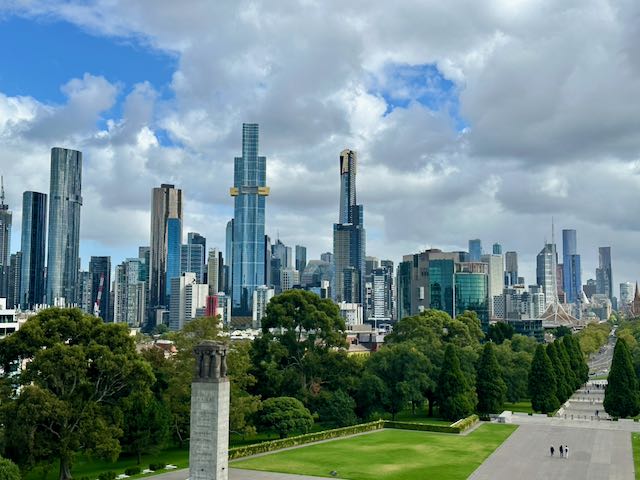
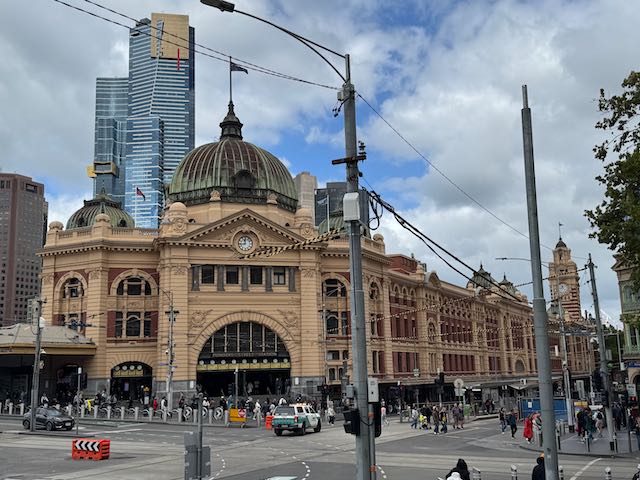
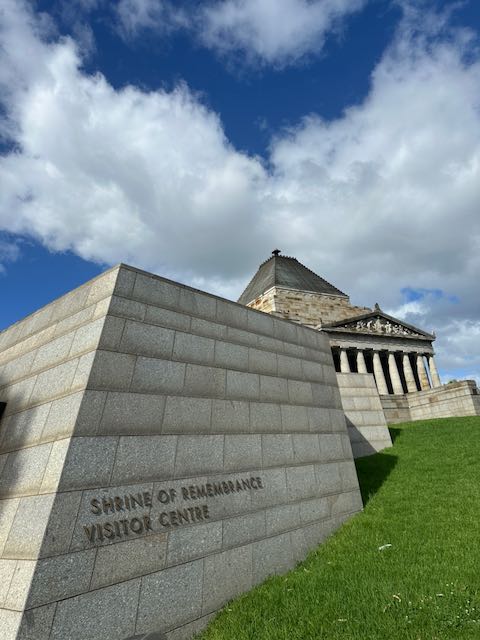
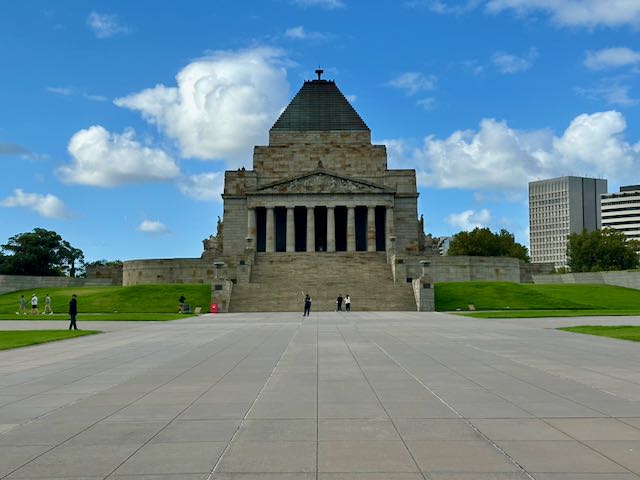

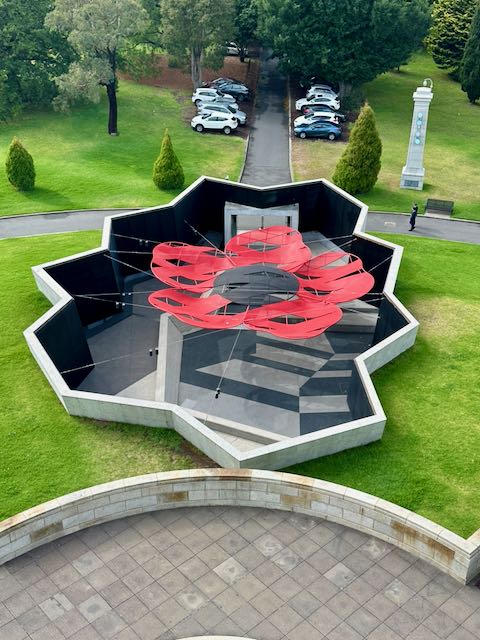

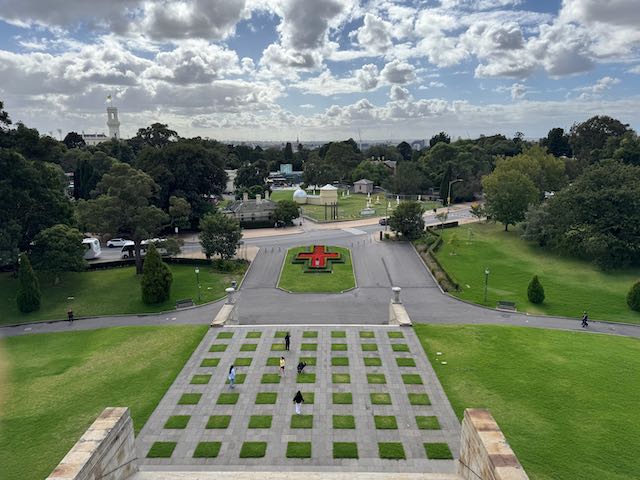
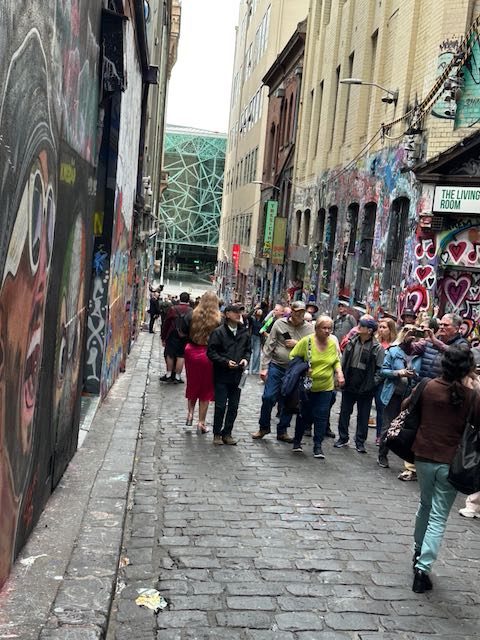
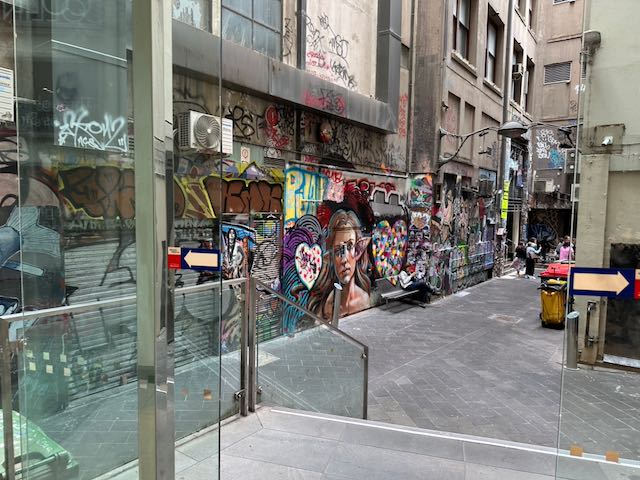

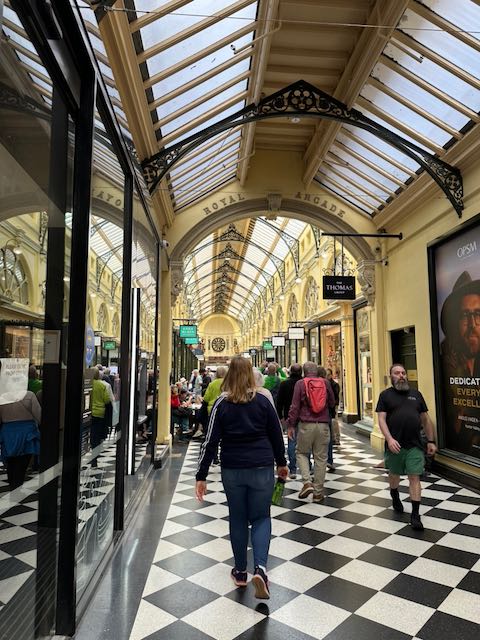
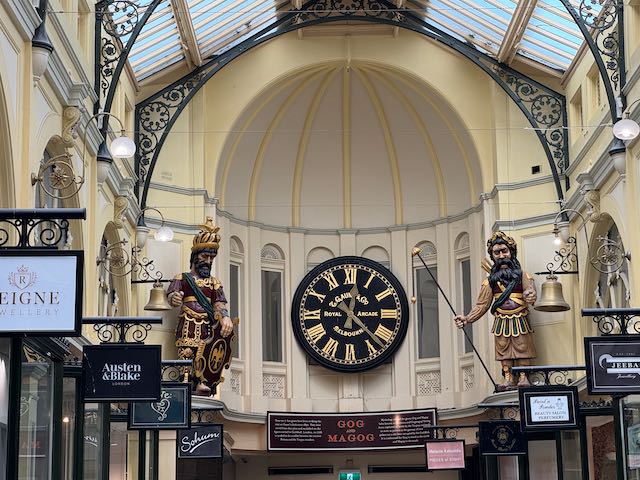
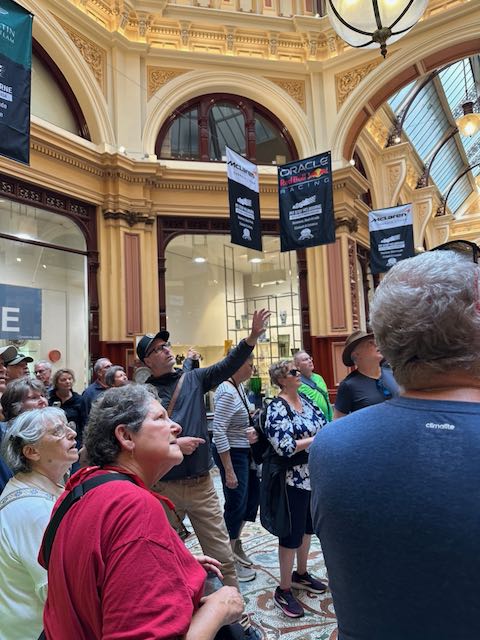
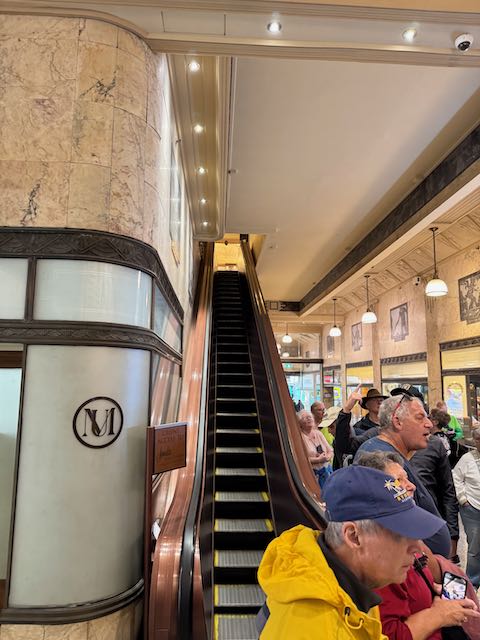




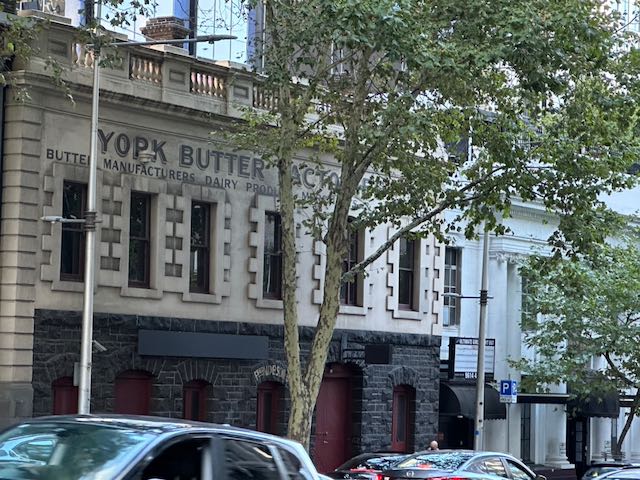



Leave a Reply